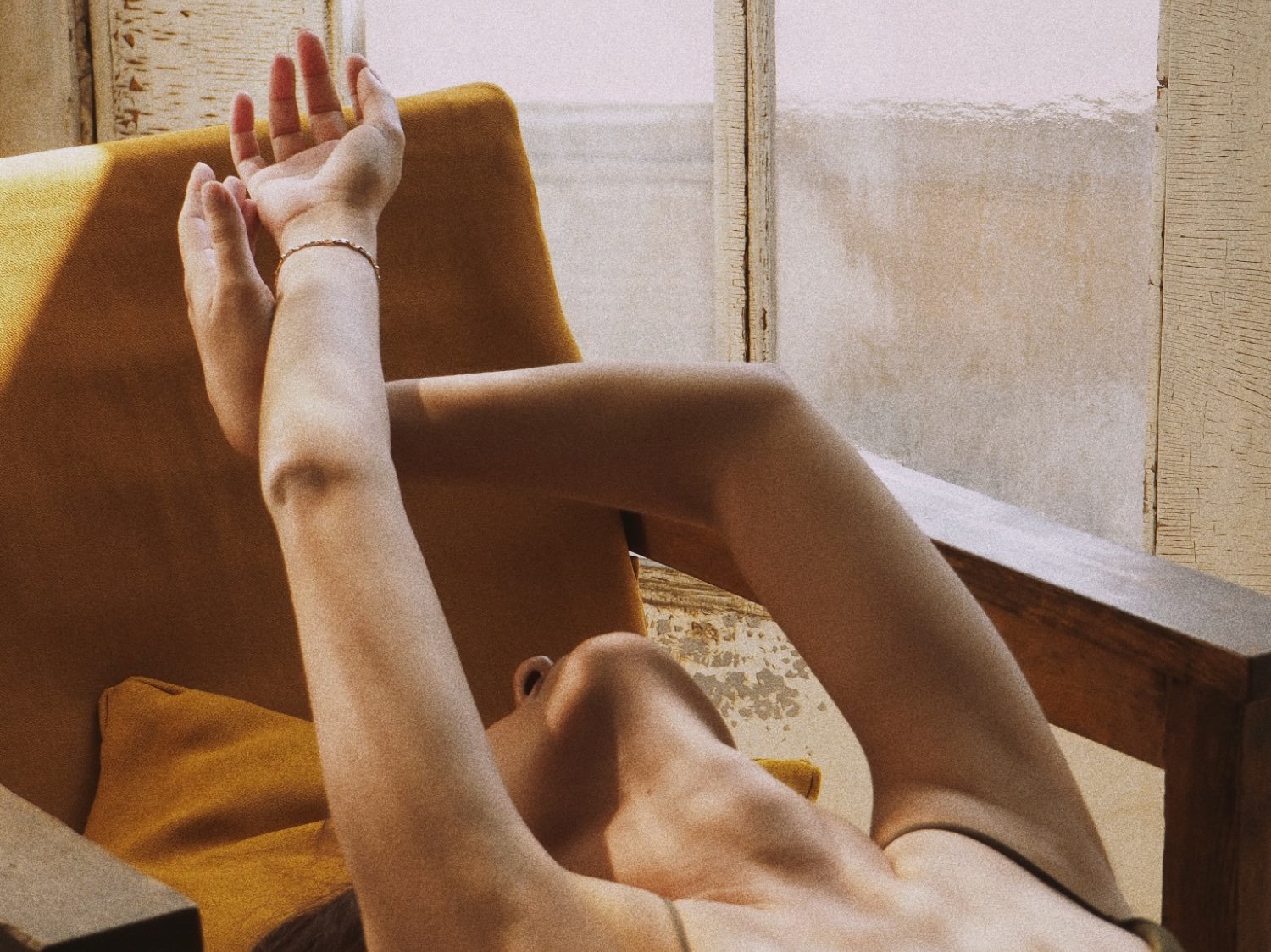G-spot & Vaginal Orgasms
These days we have a broader understanding of the g-spot and its role in pleasure and orgasmic experience.
Recent studies have indicated — an indication bolstered by my own anecdotal research —that the g-spot is part of the clitourethrovaginal (CUV) complex and stimulating this is imperative for pleasure and orgasm. In other words: the g-spot does not stand alone, at all.
The CUV complex is a dynamic system that ignites pleasure within and around the vagina, involving the anatomy of our internal clitoris and the urethral sponge (where the g-spot lives) all of which can be stimulated from within the vagina and with pressure on the vulva and even — the lower back.
Understanding that the g-spot is part of greater pleasure anatomy takes the pressure off of our pleasure looking a specific way — which is important because pleasure is all about surrender. We need to be able to relax and open to it.
In 2012 Dr Amichai Kilchevsky, a urologist from the Yale-New Haven Hospital in Connecticut, said: “Objective measures have failed to provide strong and consistent evidence for the existence of an anatomical site that could be related to the famed G-spot. Lots of women feel almost as though it is their fault they can't find it. The reality is that it is probably not something, historically or evolutionarily, that should even exist.”
So, in saying all this, at Mia Muse we talk about internal and external orgasm. In this article specifically, let’s focus on internal pleasure, stimulation and orgasm.
Internal orgasm or arousal can be a really vitalising, liberating and energising experience. How we experience these kinds of orgasms will be different to an external clitoral orgasm and, of course, the myriad ways we can experience orgasm.
Forget about “right” / “wrong” or “better” / “worse” — it’s about exploring possibilities, and leaning into (loving & sexy) discovery. This is the process that makes us feel alive.
Your G-spot and how to access it
The location of the g-spot is on the front, (anterior) top wall of the vagina.
The g-spot varies in size from person to person.
In 2012 a study out of Florida by a gynaecologist (Adam Ostrzenski, MD) found a sack of erectile tissue on the anterior wall of a cadaver. However researchers have since questioned the finding, arguing that because it was found on a deceased woman, it cannot be proven that this “sac” was ever active in sexual arousal or orgasm. Other doctors have also expressed doubts about its significance. A review in the journal Clinical Anatomy points out that “Ostrzenski has an interest in proving the presence of a G-spot that should have been declared, since he runs a cosmetic plastic gynaecology clinic where the list of procedures includes G-Spot Augmentation.”
Around the g-spot feels like the roof of your mouth - that front, ribbed section.
Other research suggests that the nerve endings that sit between the urethral sponge and in the wall of the vagina vary in size and amount for each person. The amount of vaginal wall surrounding the nerve endings will impact accessibility and how easily you can be stimulated. If your nerve endings sit closer to the wall and your wall is thinner than the person next to you, you'll probably find g-spot stimulation is easier for you.
In the original discovery of what was later named the g-spot in 1981, in 1950, Gräfenberg wrote about “an erotic zone [that] could be demonstrated on the anterior wall of the vagina along the course of the urethra,” and that “this particular area was more easily stimulated by the finger than the other areas of the vagina.” Even in this original study Gräfenberg suggested the front wall of the vagina was part of a greater “erotic zone”, which seems very similar to the CUV complex we (as researchers) have been talking about since around 2014.
Stimulating the g-spot
To stimulate the g-spot with the fingers, use the pointer and middle finger together in a “come here” motion.
Massage this front wall, taking your time with your “come here” finger motion.
Don’t go really hard and fast as this will not serve you or your partner.
Having a responsive pelvic floor is important to make the g-spot orgasm more accessible, and in preparation for childbirth. A responsive, strong pelvic floor is important and so is your ability to relax it.
You can strengthen your pelvic floor and create greater awareness by using our poppy beads, doing yoga, pilates and practising pelvic floor breathing. A healthy relationship with our pelvic floor is really important for general health and wellbeing too. The best way i've found to explore pelvic floor health is to see a specialist in this area. We recommend Ali Harding (Naarm / Melbourne).
You can use a toy designed for g-spot sex toy to increase awareness of this area, as well as the many other erotic zones within your vagina.
Try different positions during sex. If the person with a g-spot is on top they have more control over what feels good, and it’s often easier to reach the front wall and their g-spot. Another position to try is for the person with the g-spot to lay down on their stomach and the partner behind them. Penetration from behind is a great way to access the g-spot.
Place pressure on your pubic mound during penetration, this will add a little pressure to the g-spot from a different angle. Even try massaging the pubic mound with your hands, or get your partner to do this. Rub it side to side. Essentially you can experiment with different movements and see what happens.
Practice belly breathing.
Focus on the physical sensations during sex. Learn to clench and release your pelvic floor to create heightened awareness in the vagina and the surrounding areas and to enhance your relationship to the movements of your vagina.
Finally, remember to take the pressure off during sex. Yes, we all like to know how to improve our sex lives and get closer to our partners. But — not being too goal-oriented is a great way to do this! Instead, try to enjoy the experience of intimacy in all its forms from the get-go. Having a goal is okay as long as it isn’t your sole focus, and you’re allowing yourself (and your partner/s) to find pleasure moment-to-moment, and enjoying the sex for what it is. Intimacy is a chance to get connected, get the endorphins flowing, feel alive, sexy and vital and to communicate physically with someone else.
The more you form a relationship with your vagina the more responsive it will become.

